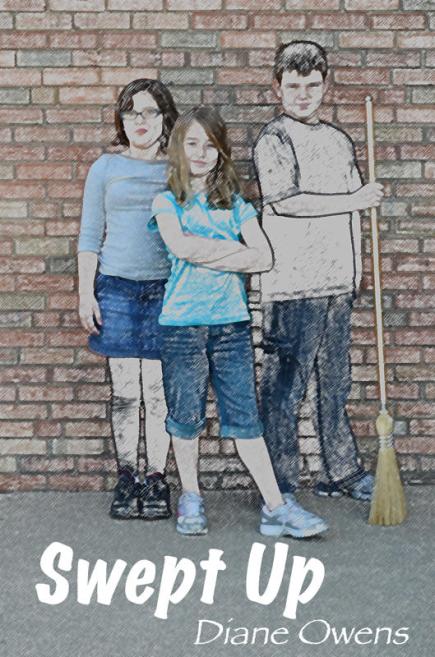What Dialogue Can Do for Your Story

Dialogue makes readers feel like they’re right there, listening in. Lighten the mood with funny comments or cause tension with raging arguments. Add information by having characters discuss things. Use conversations to show personalities and how characters feel about each other.
Make It Real, But Not Too Real
In real life, people go on and on before they get to their point. In your story, dialogue should have a purpose and move right along. Characters shouldn’t say the same thing twice.
Who Said It
Tell readers who’s speaking before, during, or right after the first sentence. They won’t pay much attention to what’s being said until they know who’s saying it.
It’s okay to use “said” most of the time. Readers skim right over it because they want to find out who’s talking. Don’t have characters laugh words, choke words or throw words. It’s not possible and readers may notice that.
When two characters are talking back and forth, you don’t need to tell readers every time the speaker changes. Readers will figure it out from your paragraphs (more on that below). If the conversation is long, name the speaker every once in a while so readers don’t get confused.
Use Actions Instead of “Said”
Even though there’s nothing wrong with “said,” it’s often better to show who’s talking by having the character do something. Use the character’s name when you describe the action then roll right into the dialogue. Readers will know the words belong to the same character.
It’s even better if the action shows the character’s reaction to the conversation. People often show feelings the same way (throwing things when mad, looking away when embarrassed). For more on describing characters’ feelings, go to More About Characters.
Punctuation & Paragraphing
What characters say goes inside quotation marks. Punctuation does too. Like this: “I heard something. Is someone here?”
 Use a comma when you name the speaker at the end of the dialogue, like this: “I stopped in to see what you’re up to,” said Ms. Kantduitt.
Use a comma when you name the speaker at the end of the dialogue, like this: “I stopped in to see what you’re up to,” said Ms. Kantduitt.
Use a comma to name the speaker at the beginning or in the middle, but place the comma outside the quotation marks: “And it’s a good thing I’m here,” Ms. Kantduitt said, “because you’re a terrible teacher. The first comma in this example is inside the quotation marks. You’re confusing them.”
When a different character speaks, start a new paragraph:
I met Ms. Kantduitt’s evil stare with one of my own. “You have to leave.”
“No, I have to stay,” said Ms. Kantduitt. “I explain things better than you. Step aside.”
“No way. Not after what happened last time.”
Ms. Kantduitt snorted. “It wasn’t MY fault that girl cried. She was way too sensitive.”
Don’t put thoughts in quotation marks, but let readers know who’s thinking them: Oh boy, I thought. Why won’t this woman leave us alone?
To practice the tips and techniques on this page, go to the activities page for Dialogue.




